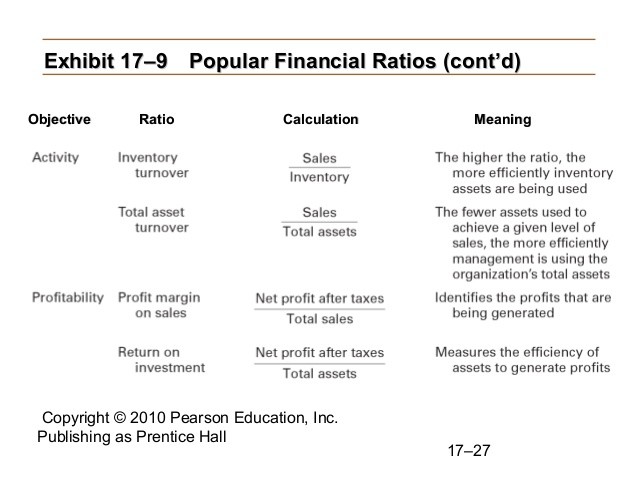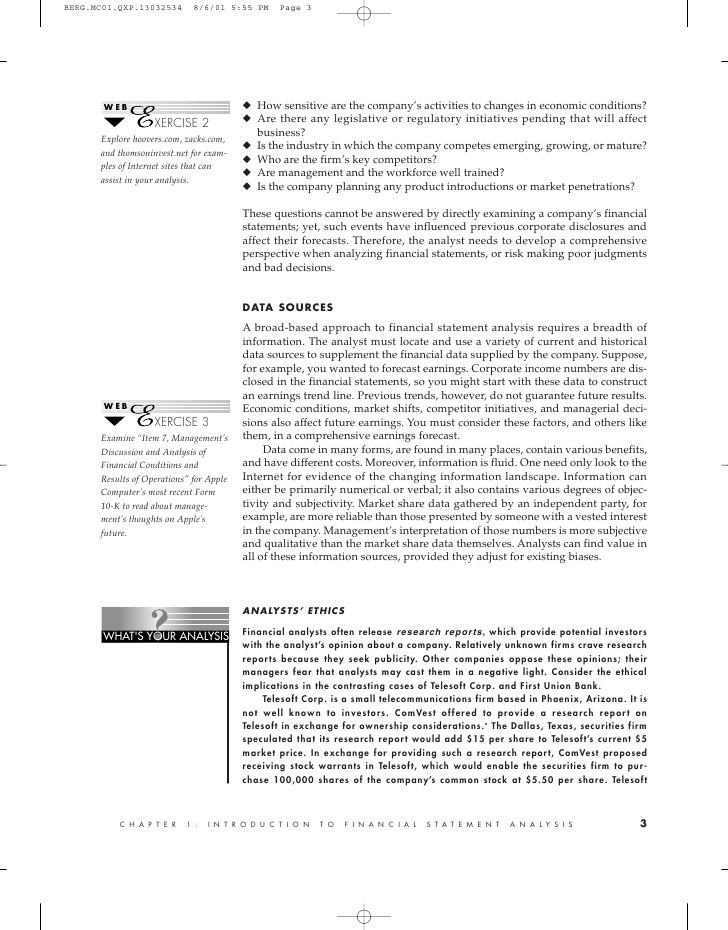An Introduction to the Conversion Ratio Financial Web
Post on: 23 Апрель, 2015 No Comment

The conversion ratio on any type of convertible security is the number of common shares the security holder will receive when the conversion is exercised. The conversion ratio is found with a very simple formula: par value of the convertible security divided by the conversion price of the underlying asset. To understand this formula, it is necessary to understand the parts that make it up.
Terms and Definitions
- Conversion — A conversion is the process of changing any convertible asset into another type of asset. For example, a convertible bond can be exchanged for common stock in the future. Similarly, convertible preferred stock can be exchanged for common stock in the future. Conversions are common with corporate stock options.
- Conversion price — The conversion price is the denominator in the conversion ratio. It is important to understand the conversion price is not the price of the common shares at the time the conversion occurs. Instead, the conversion price is set when the convertible security is issued. It is written into the conversion contract and does not change during the life of that security.
- Par value — The par value of a convertible security is equal to its current market value. If a convertible security rises in value, its par value is the figure that has increased.

Favorable Conversion Ratio
The higher the conversion ratio on a transaction, the more value it offers an investor. Since the conversion price was set when the security was issued, it is a constant. Therefore, the only way to increase the conversion ratio on a convertible security is to wait until the par value of that security has gone up. When an investor purchases a convertible security, he or she believes the par value will go up enough to eventually provide a very healthy amount of common shares in the company in the future.
Implications and Considerations
When evaluating whether or not to convert an option, the conversion ratio is the measure of your decision. If you believe the ratio can climb higher, then holding onto the convertible security a bit longer is wise. Similarly, if you feel the conversion will drop, then selling the security or converting it immediately is the best course. Once you have converted to common stock, you may sell all or a portion of that stock for a profit. If you feel you can earn a greater profit by selling the convertible security than by selling the underlying value in common shares, it is wise to sell the security instead of converting it.
Convertible Security vs. Option
Convertible securities are not the same as options contracts, but it is easy to understand how the terms could be confused. With an option, you purchase the right to buy or sell shares at a given price in the future. The option will eventually expire if it is not executed, and the investor loses a premium paid for the option in this case. With a convertible security, the option never expires. You pay the price to own the security up front, and you will hold the security until it is converted or sold.
$7 Online Trading. Fast executions. Only at Scottrade














